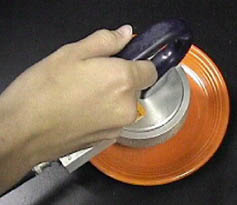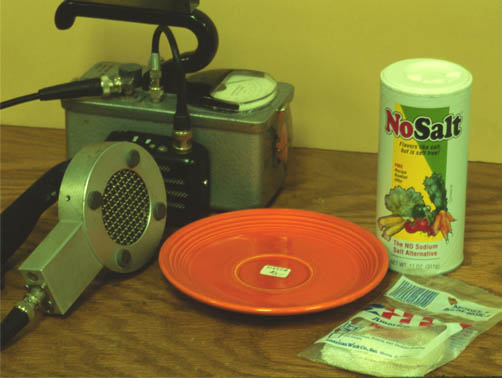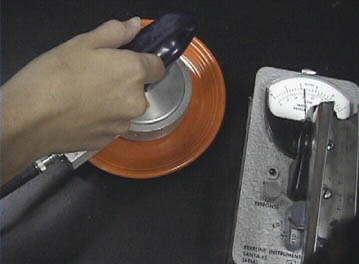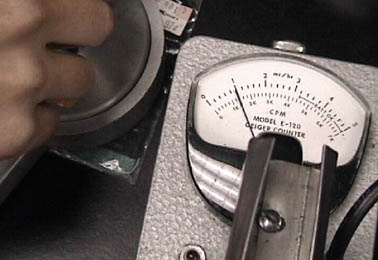History of "Radioactive Red" Fiestaware

|
Fiesta ware was produced by the Homer Laughlin Company of West Virginia which introduced the line of dinnerware in 1936. There was a choice of five colors: red, blue, green, yellow and ivory. Red was the first color that the company selected when designing the product, and blue was the second (these were the colors of the Fiesta ware that Andy Warhol collected). Since the idea was to mix and match the dinnerware, the five colors had to be compatible.
|
Fiesta red has always been the most popular color even though it was the most expensive. The higher price was due to the cost of the raw materials and the fact that the production of the red required a greater level of control during the firing process.
The red color was achieved by adding uranium oxide in the glaze - measurements have indicated that by weight, up to 14% of the glaze might be uranium. How much glaze was eemployed per plate is unclear but it has been estimated that a single plate contains 4.5 grams of uranium (Buckley et al). Piesch et estimate the glaze thickness at 0.2mm.
Since its uranium could be used in the production of an atomic bomb, Fiesta red became a victim of World War II when the US government confiscated the company's stocks of uranium. Fiesta red disappeared until 1959 when production resumed, this time using the depleted uranium left over after uranium enrichment for weapons use rather than the original natural uranium.
In 1969 the entire Fiesta ware line was discontinued, and in its place the company produced what was called Fiesta Ironstone. The latter, which was only manufactured in Fiesta red (aka Mango Red), didn't last long. It was discontinued in 1973. This was the end of Fiesta red. Years later, in 1986, a new line of Fiesta ware was introduced but without the red color.
The above history was excerpted from "Radioactive Consumer Products, Museum Directory", 2009, Oak Ridge Associated Universities, where samples of Fiesta ware were exhibited. That guide also has details about measured radiation doses associated with the uranium-glazed ceramic products.
Buckley, et al., Environmental Assessment of Consumer Products Containing Radioactive Material. Nuclear Regulatory Commission. NUREG/CR-1775. 1980.
Piesch, E, Burgkhardt, B, and Acton, R. Dose Rate Measurements in the Beta-Photon Radiation Field from UO2 Pellets and Glazed Ceramics Containing Uranium. Radiation Protection Dosimetry 14(2). 109-112, 1986.
|
Index |




